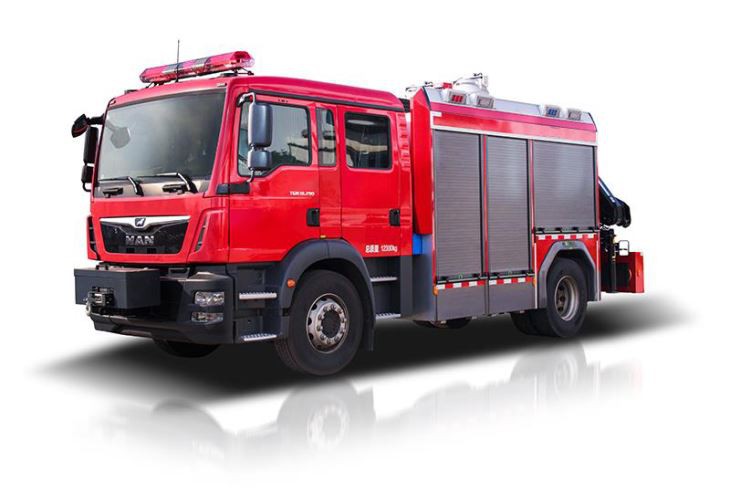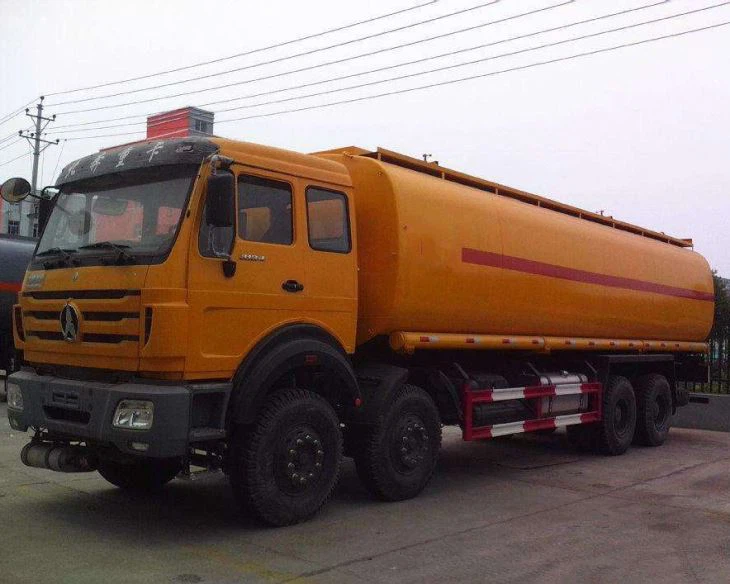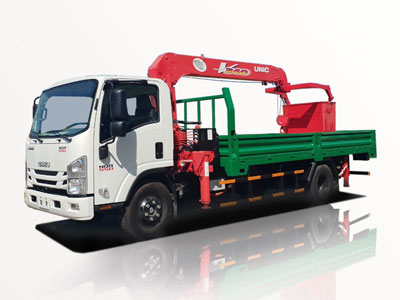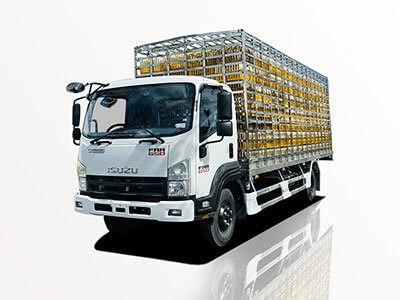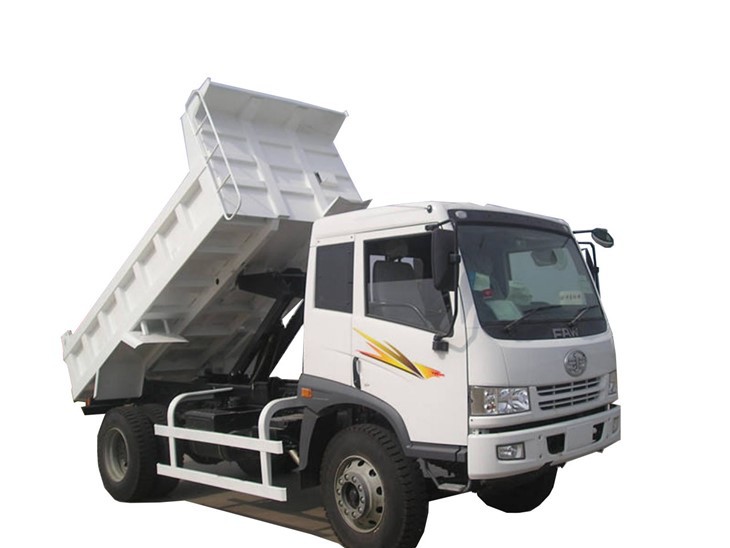The single axle cab over is a type of commercial truck designed to provide maximum efficiency in maneuverability and cargo space. With its unique design, it serves various industries, from delivery services to logistics. This article will explore the features, advantages, and practical considerations when choosing a single axle cab over, along with real-world examples and answers to frequently asked questions.
What is a Single Axle Cab Over?
A single axle cab over, often referred to as a cab-over-engine (COE) truck, is characterized by its cab that is located above the engine. This design maximizes cargo capacity and allows for tighter turning radiuses, making it ideal for urban environments. Typically, these trucks feature a single rear axle, which provides a balance between payload capacity and maneuverability.
Key Characteristics of a Single Axle Cab Over
- Compact design allows for greater visibility and easier navigation in city spaces.
- Engine located beneath the cab eliminates the need for a long hood, making the truck shorter overall.
- Enhanced cargo space due to the absence of excessive front-end design.
- Available in various weight ratings depending on the intended use.
Benefits of Driving a Single Axle Cab Over
Improved Maneuverability
One of the most significant benefits of a single axle cab over is its exceptional maneuverability. The design allows for tighter turns, making it an excellent choice for urban driving, where narrow roads and tight loading areas are commonplace.
Increased Cargo Capacity
With the engine positioned beneath the cab, there’s more space available for cargo. This increased capacity can lead to higher efficiency and profitability, as businesses can transport more goods in a single trip.
Cost-Effective Fuel Efficiency
Due to their lighter weight and aerodynamic design, single axle cab overs often consume less fuel than traditional trucks. This fuel efficiency translates into lower operational costs for businesses.
Common Uses for Single Axle Cab Overs
Delivery Services
Many delivery companies favor single axle cab overs due to their ability to navigate congested city streets. For example, a local package delivery service might use a single axle cab over to efficiently transport goods within an urban area.
Waste Management
These trucks are often used in the waste management industry as refuse collection vehicles, allowing operators to easily maneuver in tight spaces while maintaining significant payload capacity.
Utility Trucks
Utility companies also employ single axle cab overs for their ability to carry equipment and materials needed for on-site repairs, benefiting from their compact size and increased cargo space.
Comparative Analysis: Single Axle vs. Tandem Axle Cab Overs
Weight and Payload
| Feature | Single Axle Cab Over | Tandem Axle Cab Over |
|---|---|---|
| Weight | Lighter | Heavier |
| Payload Capacity | Lower | Higher |
Fuel Economy
Single axle cab overs generally experience better fuel economy due to their lighter structure. In contrast, tandem axle vehicles, while having greater payload capacity, usually use more fuel because of their increased weight.
Maneuverability
Single axle models excel in urban settings thanks to their reduced turning radius, while tandem axles may struggle in tight spaces despite their higher stability on highways.
Factors to Consider When Buying a Single Axle Cab Over
Payload Requirements
Assess the weight of the loads you plan to carry to determine the appropriate single axle cab over you need. Ensure it meets your operational requirements while allowing room for growth.
Engine Performance
Consider the horsepower and torque ratings essential for your specific use case. Efficient engine performance will impact your overall experience and fuel costs.
Specifications and Features
- Check for available cargo space and bed length.
- Evaluate available safety features, such as anti-lock brakes and electronic stability control.
- Assess the truck’s technology features, including navigation and communication systems.
Maintenance Tips for Single Axle Cab Overs
Regular Inspections
Conduct routine inspections on essential components like brakes, lights, and tires to ensure safe operation. By identifying potential issues early, you can save time and money on repairs.
Engine Care
Routine oil changes and air filter replacements will keep the engine running smoothly. It’s essential to follow the manufacturer’s maintenance schedule for the best results.
Tire Maintenance
Check and maintain appropriate tire pressure regularly to improve fuel efficiency and extend tire life, as they are the vehicle’s most critical point of contact with the road.
Real-World Example: The Role of Single Axle Cab Overs in Industries
Consider the example of “XYZ Logistics,” which has invested in a fleet of single axle cab overs for last-mile deliveries. Over a year, the company has noted a 20% reduction in fuel costs compared to using traditional trucks. The compactness of the cab overs has allowed drivers to access more delivery points within urban areas—boosting overall efficiency and customer satisfaction.
Conclusion
The single axle cab over is an excellent investment for businesses that require both maneuverability and cargo capacity. By understanding its features, benefits, and maintenance requirements, you can make an informed decision that enhances your operational capabilities.
FAQs about Single Axle Cab Over
What is the average payload capacity of a single axle cab over?
The average payload capacity varies, but single axle cab overs typically range from 10,000 to 15,000 pounds, depending on the model and configuration.
Are single axle cab overs fuel-efficient?
Yes, due to their lighter weight and compact design, single axle cab overs tend to be more fuel-efficient than larger trucks, making them a cost-effective solution for many businesses.
Can single axle cab overs be used for long-haul applications?
While single axle cab overs are primarily designed for local deliveries, they can be used for short to medium-haul applications. However, for long-haul uses, tandem axle trucks are generally more suitable.
What should I look for in used single axle cab overs?
When purchasing used models, check the vehicle’s maintenance history, overall condition, mileage, and any potential modifications that could impact performance or safety.
How do I improve the lifespan of my single axle cab over?
To enhance longevity, perform regular maintenance, such as oil changes, tire rotations, and inspections of all mechanical systems. Keeping the cab over in good condition will ensure its performance and durability.
Are there specific brands known for producing quality single axle cab overs?
Yes, several reputable brands manufacture single axle cab overs, including Freightliner, Hino, and Isuzu. Researching these manufacturers can help you identify reliable models.
